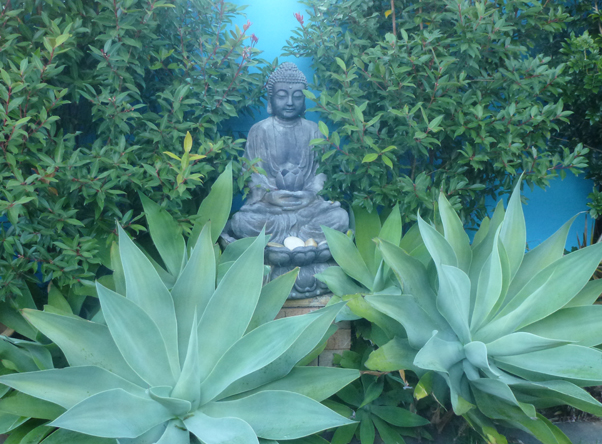
Reiki is a spiritual discipline and hands on healing art, is very gentle offering compassion and care to the receiver.
The system of Reiki is born out of the experience of the founder Mikao Usui. Born in 1865 Usui studied and travelled widely in search of healing methods used by historical spiritual leaders.
In the early 1900′s, he rediscovered an ancient healing method. Through study, research and meditation, Mikao was empowered to pass on a healing system based on ancient teachings.
The word Reiki comes from two Japanese characters. Rei means ‘All-knowing or Universal wisdom’ and Ki is ‘The vital life energy which is in all things.’ Ki is called ‘Chi’ by the Chinese. Examples of other practices using the Life Force are Aikido and Tai Chi.
Reiki draws on this energy field within and all around us. This source may be described as the essence or life force behind every living thing.
A Reiki practitioner or teacher simply acts as a conduit for Reiki or universal life energy to flow. Dr Ranga Premaratna offers the following explanation of our connection to this source: “The model system of ice and water helps to explain how Reiki works. If we think of Reiki as the water, and living beings as the pieces of ice, we can see that we are also Reiki, however, solidified to such a degree that we cannot recognize ourselves as Reiki any more. At birth, we are like ice with pores which allow the water to pass through. Infants and children are more open in their thinking and their energy centres and energy channels are more in contact with the surrounding energy field. As we grow older, we are more influenced by our environment and conditioning making us less and less aware of our inherent connection to the energy field.”
Reiki does no harm and can safely be applied in almost every instance! Whether a person is ill, in physical or psychological pain or seeking ongoing health and wellbeing Reiki supports them.
Reiki addresses and opens the mind and spirit to the cause of disease and pain. Healing is defined as a state of the awareness of a state of grace and thereby promotes and accelerates the body’s ability for taking responsibility for one’s own life and the joys of balanced wellbeing.
Reiki is gaining credibility as an integral support for pain management for people requiring supportive care in chronic and life challenging illness. Therefore Reiki is growing in acceptance in health and community settings such as hospitals, hospices, corrective care, palliative care, chronic and cancer care units.
Reiki is not aligned with any religion or belief system and is not psychic healing.
Reiki continues to be taught by masters from recognized lineages whose personal and professional lives are committed to the practice as a spiritual discipline, healing art and a way of life.
Reiki and orthodox and complementary health practices
Reiki treatment stands on its own as a healing practice and is also widely used to support orthodox and complementary forms of healing.
Reiki complements other natural therapies such as acupuncture, massage, physiotherapy, reflexology, shiatsu, kinesiology, Bowen therapy and other natural therapies.
Reiki works alongside western medicine and traditional Chinese medicine enhancing their efficacy.
